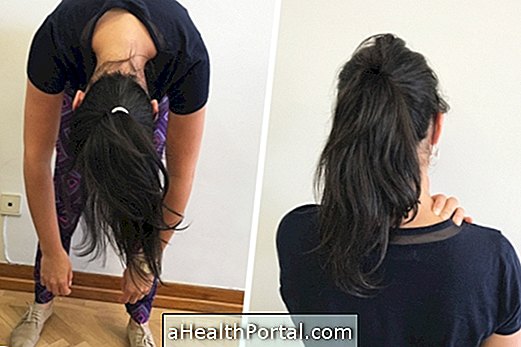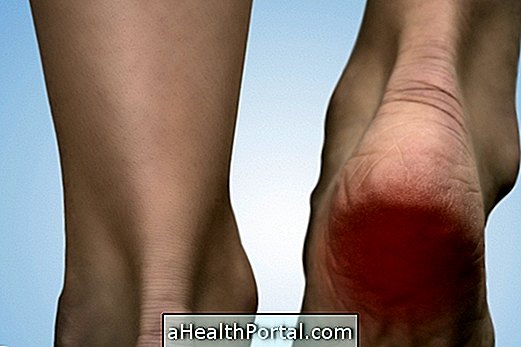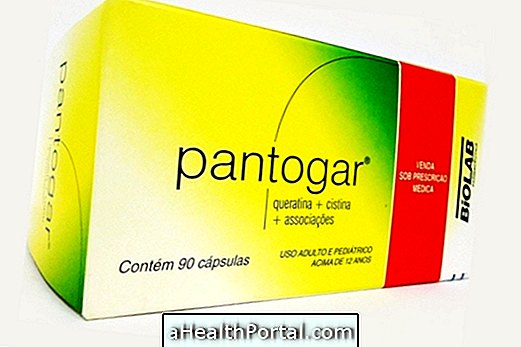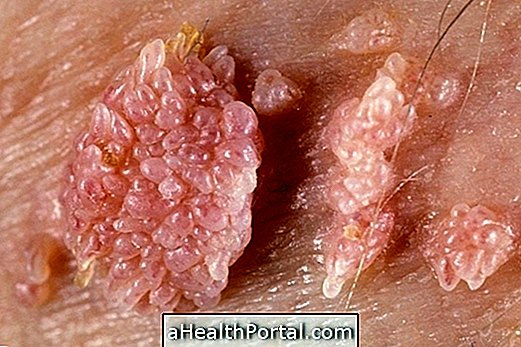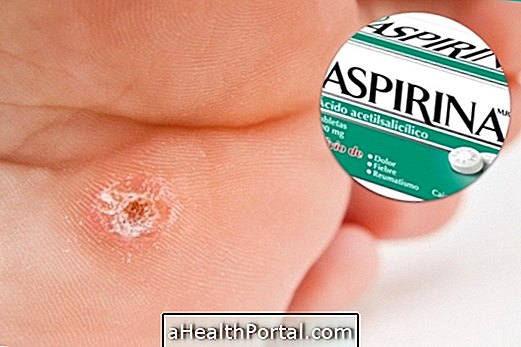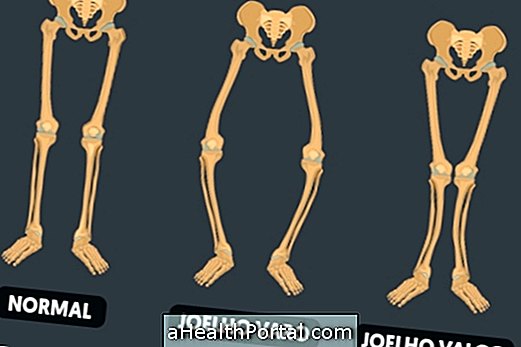Transient synovitis is an inflammation that occurs suddenly in children between 2 and 8 years of age, which causes it to begin to limp and complain of pain in the leg, knee or hip.
Not always its causes are identified but the treatment is important and should be done with taking anti-inflammatory and rest but sometimes the doctor may indicate withdrawal of fluid from the joint with an injection.
Symptoms and diagnosis of transient synovitis
The symptoms of transient synovitis are:
- Pain in the front of one side of the hip, which can affect the thigh and knee, and
- Walking limping.
The diagnosis is made through the exams such as x-ray and ultrasonography. But to rule out other diseases that may also lead to the same symptoms, such as Legg Perthes Calves, tumors or rheumatic diseases, the doctor may order an MRI and aspiration of the contents of the joint under general anesthesia.

Treatment for transient synovitis
Treatment for transient synovitis can be done by taking anti-inflammatory drugs and resting indicated by the doctor, but sometimes removing fluid from the hip or knee under anesthesia is indicated to accelerate recovery.
If treatment is followed correctly the symptoms decrease and the child heals in about 10 days to 1 month.
Causes of transient synovitis
The main cause of transient synovitis is migration of viruses or bacteria through the circulation into a joint. Thus, it is common for the symptoms to manifest after an episode of flu, cold, sinusitis or otitis, which is the ear infection.
